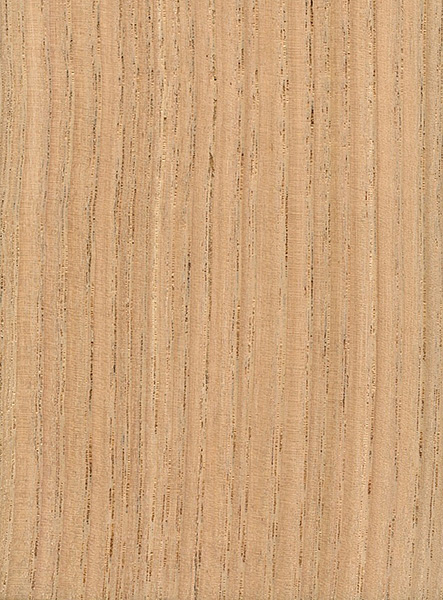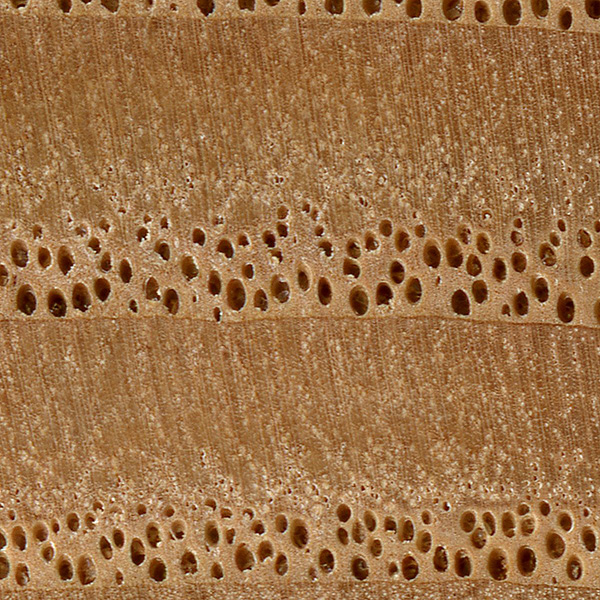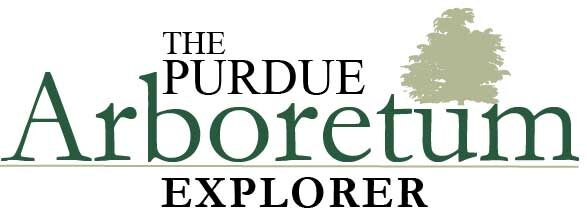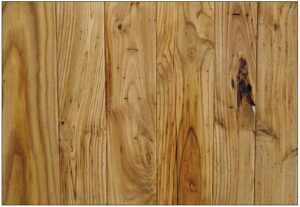Castanea dentate
Summary
American chestnut may have been the most important hardwood species in North America, but also the most ill-fated species. The tree is capable of rapid growth, attains a good size, and produces durable wood. The bark was used for tannin, and the chestnuts were a favorite of man and wildlife.
Unfortunately, in 1904, a chestnut blight disease was introduced in New York. Within 50 years, the disease had spread throughout the entire range of the species, killing nearly every tree. The trees continued to sprout for many years, but the sprouts were subject to the same fate of the original trees. A few scattered trees have survived, and they normally attract substantial attention.
History
The largest reported tree is about 6.6 feet in diameter at 4.5 feet above the ground. This tree is growing in Washington State.
Color & Texture
The wood has a coarse ring porous grain pattern, much like oak and ash. The sapwood is narrow and light brown, and the heartwood is grayish brown to brown, turning darker with age.
Anatomical and Microscopy


Ring-porous; 2-4 rows of large, exclusively solitary earlywood pores, numerous small latewood pores in dendritic arrangement; tyloses common; growth rings distinct; rays not visible without lens; apotracheal parenchyma diffuse-in-aggregates
Wood Properties
- Workability
- Not yet rated
- Strength
- At 12% moisture content, the strength values of chestnut are relatively low in comparison to other hardwoods.
- Steam Bending
- Not yet rated
- Drying
- Not yet rated
- Shrinkage
- Not yet rated
- Decay
- The wood is noted for its natural decay resistance. Many years after the trees were killed, harvest continued. However, the material was infected with a wood borer and sold as wormy chestnut.
Products
Most available chestnut lumber comes from the salvage of timber taken from old farm buildings or other structures. The wood is highly prized in any condition.

